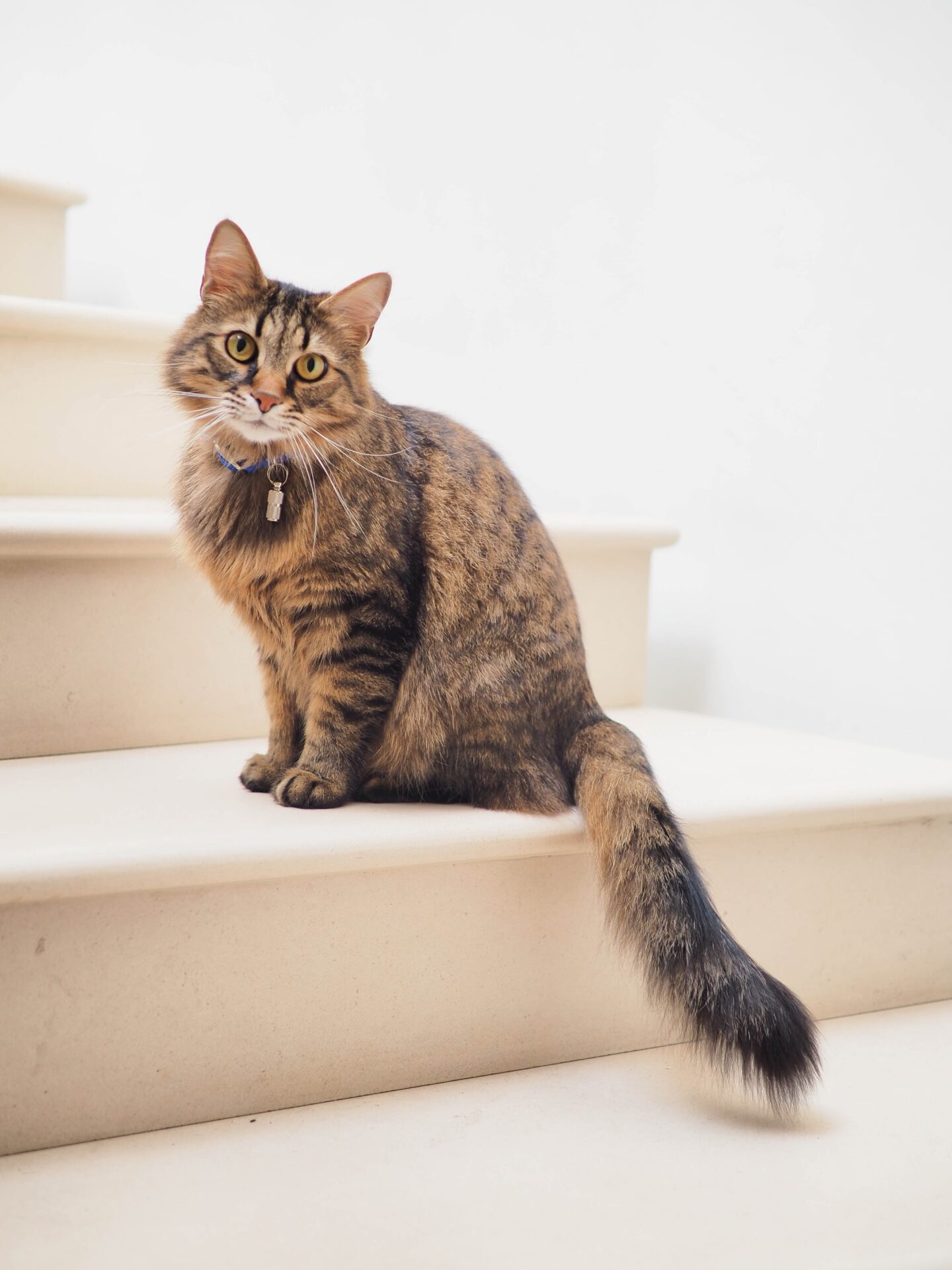Cats, like humans, can experience cystitis, along with other urinary problems. Delve into the world of Feline Lower Urinary Tract Disease (FLUTD), where infections are not always the primary concern.
Feline Lower Urinary Tract Disease (FLUTD) encompasses a range of conditions affecting a cat’s bladder and urethra. While it can affect any cat, it tends to be more prevalent in middle-aged, overweight cats with a sedentary lifestyle, often indoors and fed a dry diet. Factors such as an abrupt change in routine, multi cat households, and external and environmental stressors all increase the risk for a cat to develop FLUTD.
Signs of FLUTD:
Watch for signs such as:
- increased litter tray visits,
- prolonged time spent in the litter tray,
- urinating outside the tray,
- straining,
- excessive genital licking,
- vocalisation during urination
- presence of blood in the litter.
Diagnosing FLUTD
Diagnosing FLUTD is a nuanced process. A thorough clinical examination by a vet is essential, including a detailed history. Further diagnostic tests, such as urine and blood samples, x-rays, and ultrasound scans, may be recommended. Your vet may ask you to catch a urine sample, and this is made easier using the Katkor kit.
Causes of FLUTD
FLUTD can be triggered by various factors, including the formation of bladder stones, infections, urethral obstructions, and feline idiopathic cystitis (FIC). Additionally, diseases like diabetes, kidney disease, and hyperthyroidism can contribute.
Feline Idiopathic Cystitis (FIC):
Common in cats under 10, Feline Idiopathic Cystitis (FIC) remains poorly understood and is the most common cause of FLUTD. Stress and sudden lifestyle changes elevate the risk, with up to 50% of cats experiencing recurring episodes within a year. It is only diagnosed once all other causes have been excluded. This condition has a much higher chance of occurrence when the cat is stressed or has had recent abrupt changes in their lifestyle. Treatment aims are to reduce the number and severity of episodes within the year. Treatment and prevention or urinary problems in cats can be very frustrating for owners and vets as it is a difficult condition to treat.
Preventing FLUTD Recurrence:
Take proactive measures, such as –
- feeding your cat small, regular meals,
- providing ample fresh water – cats love to drink fresh water and prefer to drink from wide bowls that are filled to the brim
- ensuring multiple clean litter trays, especially in multi cat households
- minimizing stress –any changes in lifestyle should be done gradually to minimise the stress on your cat. There are also many products on the market which can help reduce stress such as the Feliway plugin diffusers, or the Pet Remedy products.
- considering supplements that enhance bladder health. Supplements can help improve the lining quality of your cat’s bladder and have been shown to help reduce the risk of recurrence.Examples include Cystaid, Cystease and Cystophan,
- Supplements such as Zylkene, SereniCare and to help calm your cat and reduce stress may also help
Navigating the challenges of FLUTD involves a holistic approach that addresses both physical and environmental factors. Treating and preventing this condition requires patience and understanding.





